In today’s fast-paced business world, it’s key for companies to use smart budgeting. This approach should match budgets with business goals. Budgeting is more than just numbers; it’s a strategic move that drives growth.
A good budget acts as a clear guide for your financial choices. It makes sure these choices align with your company’s aims. By focusing on financial goals, you can move forward towards achieving them.
Table of Contents
Key Takeaways
- Effective budgeting strategies are vital for aligning financial decisions with organisational goals.
- Consider budgeting as a strategic initiative, not just a numerical task.
- A structured budget provides a roadmap for informed financial decisions.
- Engaging in financial goal setting can lead to improved business growth.
- Budget alignment strategies ensure that all financial activities contribute to desired outcomes.
- Regularly review and adjust budgets to maintain alignment with changing objectives.
Understanding the Importance of Budgeting in Business Growth
Budgeting is key to business growth. It links financial choices to your goals. A good budget helps you use resources well, moving you towards your targets. It’s vital for planning your finances wisely.
The Strategic Role of Budgets
A budget is more than a financial plan. It’s a strategic guide through market challenges. It shows how to use resources, helping you focus on growth. With good financial analysis, you can spot investments that fit your vision.
Creating a Roadmap for Financial Decisions
Think of your budget as a roadmap for the year. It outlines key financial choices. A clear budget helps manage cash flow and find ways to save or invest more. This approach prepares you for challenges and new chances.
| Budgeting Aspect | Importance | Outcome |
|---|---|---|
| Resource Allocation | Ensures funds are directed towards high-impact initiatives | Enhanced operational efficiency |
| Financial Forecasting | Aids in predicting cash flow and expenditure | More informed financial decisions |
| Performance Measurement | Tracks progress against strategic goals | Accountability and transparency |
| Risk Management | Identifies financial risks early | Informed mitigation strategies |
Assessing Current Strategic Alignment
To keep your organisation financially healthy, checking your budget’s effectiveness is key. This means looking closely at your budget against your strategic goals. It helps you see if your money matches both your short-term needs and long-term dreams.
Evaluating Your Existing Budget
Begin by examining how well your budget supports your goals. Check if money is spread out right across departments and projects. This shows where you’re doing well and where you might need to improve.
Regular checks help you stay ahead in aligning financial resources with your business’s changing needs.
Identifying Misalignments
When your budget doesn’t match your goals, it can cause problems. Spotting these issues lets you quickly adjust your money to meet your goals better. You might need to move funds or try new budgeting methods.
Using methods like zero-based budgeting or incremental budgeting can help. They offer new ways to use your resources better, which is vital for a good budget.
Engaging Stakeholders in the Budgeting Process
Getting stakeholders involved in budgeting is key to making a financial plan that meets everyone’s needs. It makes team members feel more responsible and invested. This way, budgets are complete and match the company’s goals, leading to smarter decisions and better work.
Involving Department Heads
Department heads bring valuable insights that make budgets more accurate. Their input helps understand what each department needs and faces. When they join budget talks, they share important views that avoid big mistakes.
This teamwork creates a culture where everyone’s opinion matters. It leads to a financial plan that truly represents the company.
Ensuring Executive Team Participation
The executive team guides the company’s vision and goals. Their input in budgeting ensures financial plans align with these goals. Their involvement connects the practical side of work with financial dreams.
It also shows how important it is to involve everyone. For more on this, check out this resource on why employees should be part of budgeting.
Aligning Budgets with Business Objectives
Having a clear strategic vision is key for your business. It guides your direction and helps align financial plans. A good strategic vision helps you reach your goals. Knowing your long-term aims makes it easier to use resources wisely and focus on spending that moves you forward.
Defining Your Strategic Vision
Your strategic vision should show your values and dreams. It guides every financial choice you make. This vision is clear about where you’re headed and why it’s important. Getting your team involved makes them more committed and aligned with the company’s goals.
As you create your vision, listen to feedback. This ensures everyone is on board.
Connecting Financial Plans to Goals
Linking financial plans to your strategic vision is vital for success. Good budgeting lets you concentrate on key areas for your business. This way, every pound you spend is worth it. Keep checking your budgets and update them when your strategy changes.
For more help with budgeting, look into different budgeting methods. They can improve your planning.
Implementing Zero-Based Budgeting Techniques
Zero-based budgeting (ZBB) is a strong way to match your money with your goals. You start from scratch, checking every expense. This makes sure you spend wisely and plan better.
Understanding Zero-Based Budgeting
ZBB is different from old budgeting ways. It makes you think about each expense and its value. This way, you see where money goes and can change things if needed. Learn more at this Oracle guide.
Justifying Every Expense
Every expense needs a good reason. This helps cut waste and use money better. For example, money for small projects can go to bigger ones. A study shows this makes planning better and helps the company grow, as seen at this blog.
Utilising Scenario Planning for Strategic Insight
In today’s fast-changing business world, scenario planning is key. It helps you get ready for different future situations. This way, your organisation stays flexible and can meet its financial goals.
Mapping Possible Future Outcomes
Scenario planning starts with spotting possible future events. By looking at these scenarios, you understand how they might affect your goals. This helps you see different paths ahead, which is vital for making smart financial plans.
Testing Strategies Against Various Scenarios
After spotting possible futures, you can check your plans against them. This shows which strategies work best under different conditions. By seeing how your plans fare, you can tweak them to better face unknowns.
Adjusting Budgets based on Data
Scenario planning lets you tweak your budgets based on solid data. By matching your spending with likely outcomes, you avoid risks and grab chances. Using scenario planning in budgeting makes your strategy stronger. This leads to better use of resources.
Rolling Forecasts: Maintaining Flexibility
In today’s fast-changing business world, rolling forecasts are key. They offer budget flexibility and a forward-thinking approach to planning finances. Unlike fixed budgets, which can quickly become outdated, rolling forecasts keep up with new data and trends.
Defining the Rolling Forecast Concept
Rolling forecasts are a flexible budgeting method. They check performance and update financial plans with new data. This way, businesses can quickly adapt to new situations.
Companies using rolling forecasts can spot growth chances and avoid risks from old budget plans.
Adjusting Budgets in Real-Time
The main benefit of rolling forecasts is making budget changes as needed. With new data, you can update forecasts without being tied to old budget cycles. This ongoing process helps make quick, smart decisions and better use of resources.
By always checking and tweaking budgets, your business stays sharp and ready for market shifts. For more on budget monitoring, check out this related article.
Conducting Periodic Budget Reviews
Regular budget reviews are key to keeping finances healthy in any organisation. They help check if the budget matches the company’s goals and the market. By doing these checks monthly or quarterly, you can adjust and use resources wisely.
Importance of Regular Check-Ins
Regular budget reviews spot problems and encourage ongoing improvement. They let you watch liquidity and profit closely. This way, you can fix issues early, avoiding big problems later.
Integrating Insights from Leadership Teams
Getting your leadership teams involved in reviews brings great insights. Their input makes sure everyone is on the same page financially. This teamwork is essential for improving performance and finding important metrics to watch.
By working together, you get a full picture of the company’s finances. This helps in making smart operational plans. For more on KPIs, check out this guide.
Tracking Key Performance Indicators (KPIs)
Tracking KPIs is key to checking if your financial actions match your business goals. By picking the right KPIs for your goals, you can see how well your plans work. This helps you tweak your strategies to boost your performance.
Selecting Relevant KPIs for Your Objectives
Finding the right KPIs is critical for getting useful insights. Financial KPIs like profitability and liquidity ratios show how healthy your business is. Aligning your KPIs with your goals makes tracking progress easier. Think about what matters most to your business, like growing revenue or managing costs.
Utilising Technology for Monitoring
Using tech to track KPIs makes data collection and analysis easier. Many software options are out there for real-time KPI monitoring. These tools help you see trends, automate reports, and ensure accuracy. By using this tech, you can dive into your data and adjust your strategies as needed. For more on KPIs, check out this resource.
| KPI Type | Description | Example |
|---|---|---|
| Liquidity Ratio | Measures the ability to meet short-term obligations. | Current Ratio |
| Profitability Ratio | Assessments of profit generation capacity. | Net Profit Margin |
| Solvency Ratio | Indicates financial stability in the long term. | Total Debt-to-Total-Assets Ratio |
| Turnover Ratio | Evaluates operational efficiency in asset usage. | Inventory Turnover |
Conclusion
Getting your budget in line is key for your business’s future. It helps you grow and stay financially strong. Working closely with stakeholders makes your budgeting even better.
Using new budgeting methods keeps you ready for market changes. This makes your team more responsible and proactive. It helps you reach your main goals.
Following these steps can really boost your company’s finances and direction. It shows how important it is to match your budget with your business dreams. Always looking to improve keeps your financial plans effective and forward-looking.









